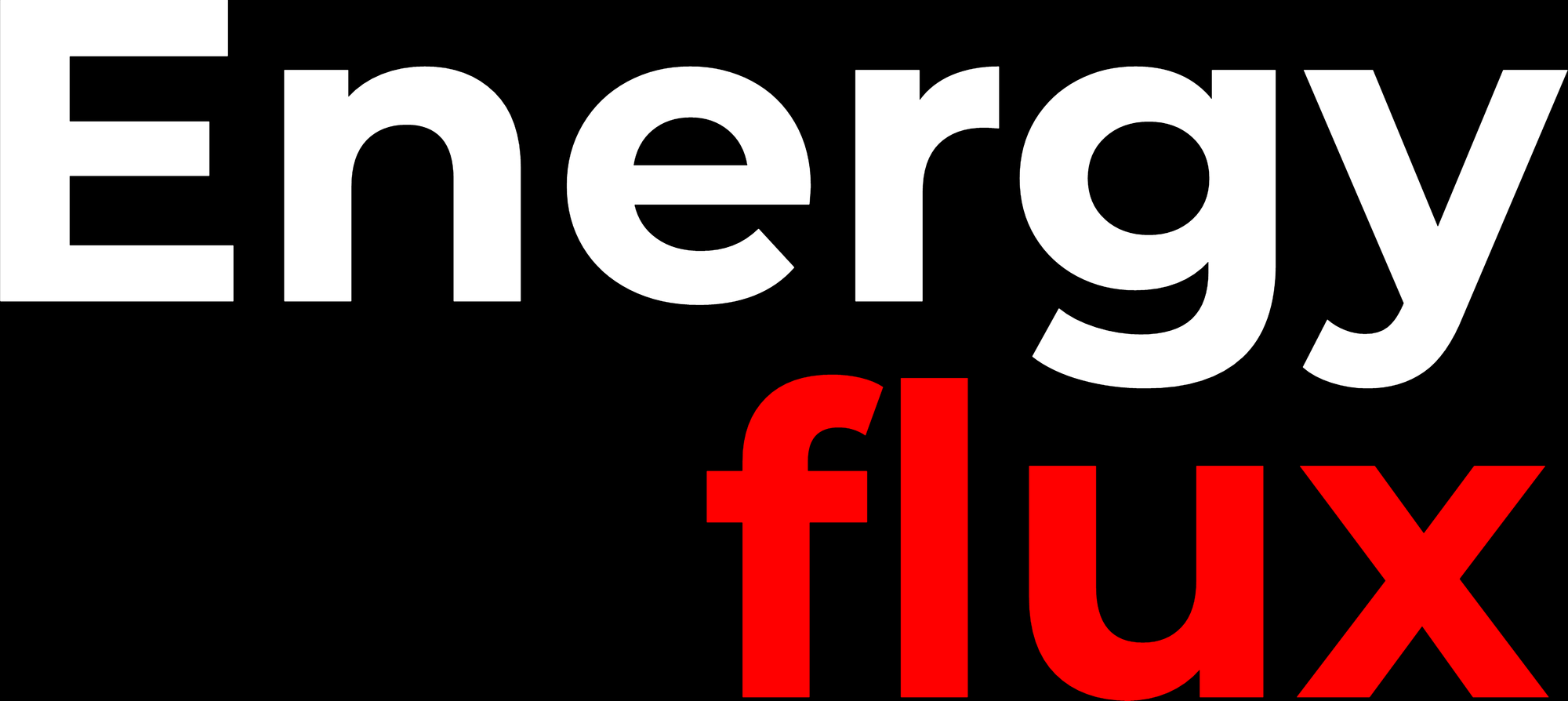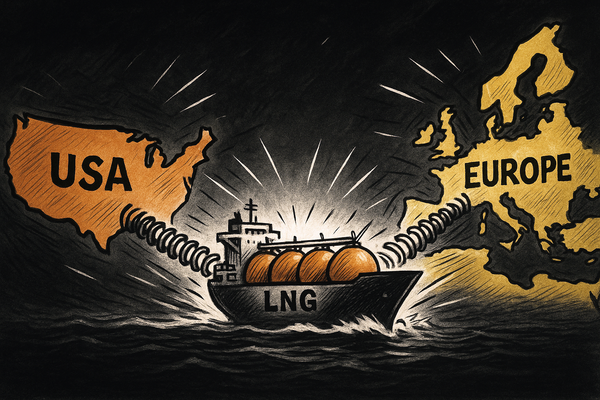Gas-fuelled fantasy: East Timor’s tortuous quest to decarbonise its tiny power grid
EASTER SPECIAL 🐣Energy Flux🐣 Monday, 5th April 2021


Member discussion: Gas-fuelled fantasy: East Timor’s tortuous quest to decarbonise its tiny power grid
Read what members are saying. Subscribe to join the conversation.





